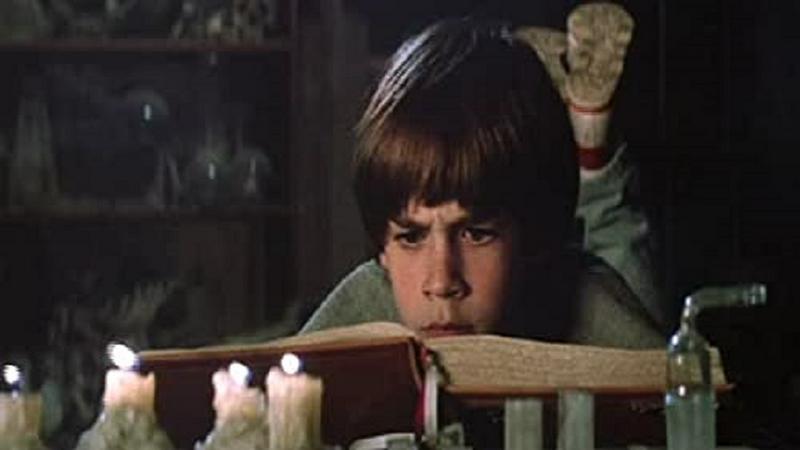Things You Didn’t Know About The NeverEnding Story
By | June 10, 2022

The NeverEnding Story tells the tale of a young boy, Bastian (Barrett Oliver), who steals a book and reads it in the scariest room in his school. As he reads, the audience experiences the story as well; the characters in the book also become aware of Bastian’s involvement in the story. The story is about a force called The Nothing, which is destroying Fantasia because people are not reading fiction, and it seems their imaginations are suffering. At the center of Fantasia is the Empress (Tami Stronach). She is at the center of the story, and her sickness endangers the entire world of Fantasia. To save her, Bastian must rename her; in the film, the name is muffled when he does so. However, in the book and the script, her new name was Moon Child.
The Author Hated The Movie
The film was based on the book of the same name by Michael Ende. Ende, however, did not like the movie, right from the beginning with the script as he didn’t want changes to be made to his original story. He also didn’t like the way Falkor was portrayed as the luckdragon looked like a dog. He wanted them to change the film's name and had his own name removed from the opening credits.

It Was A German Film
It was technically a German film, as it was made in Germany and the director, Wolfgang Petersen was German. It was also the most expensive German film in history. As it was technically a German film, many of the actors were German, and their dialogue was spoken in German and then dubbed over into English. If you watch closely, you can see this in some scenes. In the final release, there are differences between the German and American versions. The music is different between the two, and Steven Spielberg (who was not listed in the credits) was given The German version to edit to make it work for American audiences. The American version ended up being seven minutes shorter.
The Creatures
Because the film was made prior to CGI, the creatures were all built animated mechanically. Falkor the luckdragon got his start as a rubber-jointed mini model; he evolved into a 43-foot-long motorized creature adorned with more than 6,000 plastic scales and covered with pink feather fur. His head was more than three feet wide and three feet high. To fly Falkor, they attached the head and neck to a forklift motor elevated 15 or 20 feet off the ground. According to Noah Hathaway, who played Atreyu, riding Falkor was similar to riding a bucking bronco. Moving Falkor required about 15 people hiding beneath the costume to pull the strings, with each person working a different body part. They all had to be coordinated to bring the creature to life. This also meant that the actors worked directly with the creatures. Although the special effects made the characters more “alive,” they had to cut two scenes as they were impossible to create with the tools they had. Additionally, the robots could be dangerous. Gmork malfunctioned, fell on Atreyu (Noah Hathaway), and slashed his face, right near his eye. Because Hathaway was injured, they didn’t film a second cut of the scene.

Giving The Creatures A Voice
Another part of bringing the creatures to life was providing them with voices. When Alan Oppenheimer saw the film’s scratch track, the voice of Falkor came to him, and his voice was perfect, as Petersen knew he needed to cast someone with a warm voice, as well as gravitas and depth. After that track was done, he was asked to also record the voices of Gmork, Rockbiter, and the narrator.
Artax Was Two Horses, And Neither One Died
They used live horses for the role of Artax so they could alternate them. To film the scene where Artax dies, the two horses that played the role had to be trained for months by a professional horse handler so that the horse could go into the mud up to its head. They created the scene by lowering the horse on an elevator into the water. The scene took more than two and a half weeks to film.
The Second Film Bombed
The film only covered half of the book, and there was a follow-up six years later to cover the end. However, no one who worked on the original returned, and the second film bombed. However, the original has lived on in pop culture, such as the scene in Family Guy when Peter Griffin rides Falkor, and, of course in the homage to the theme song in Stranger Things.
